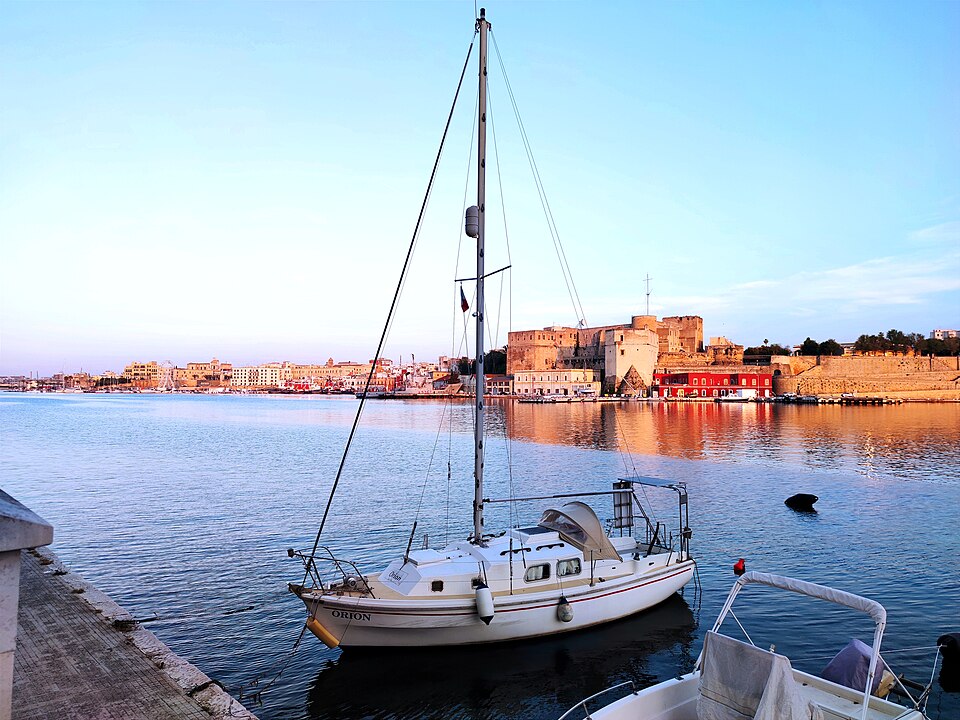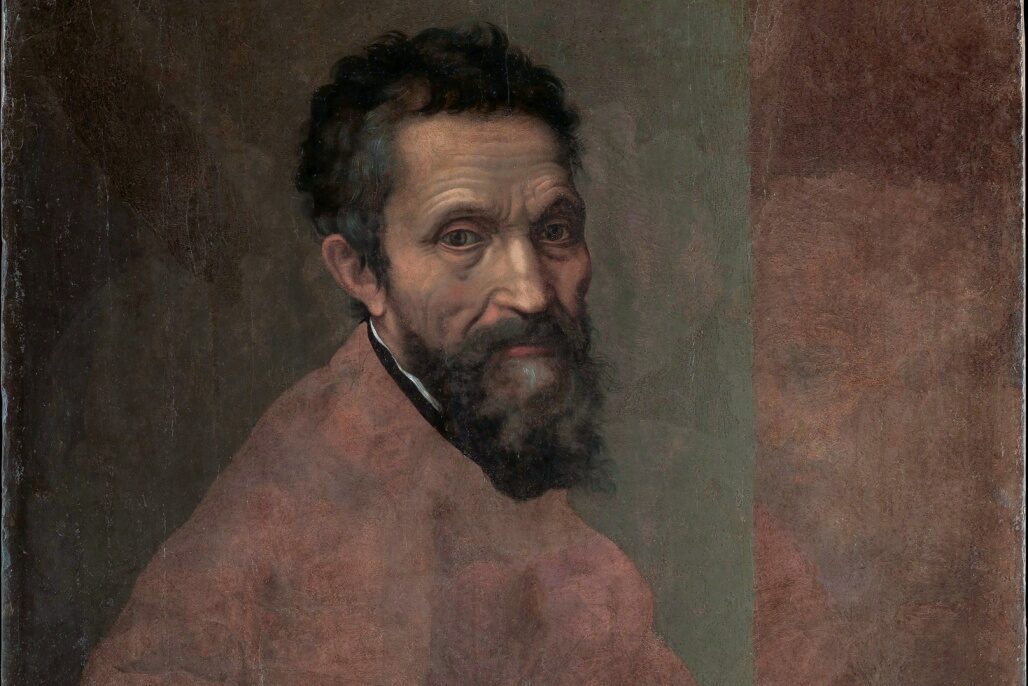Dear Readers,
more July jottings with an Italian connection. Atlas, the mythological Titan condemned by Zeus to stand and bear the weight of the Heavens and Earth on his shoulders, after he had led the Titans in a war against the gods of Olympus and lost, was the inspiration for the name Angelo Siciliano selected for his then-fledging body building course and professional persona, Charles Atlas. “Atlas” was born in Calabria in 1893, and came to America with his mother to stay with a “zio” who lived in “Bruculino,” near the waterfront. The “ninety-seven-pound weakling” was an easy target for neighborhood toughs and in 1908 left school and began working 10 hours a day, making women’s pocketbooks. The transformation of young Angelo Siciliano into Charles Atlas occurred the following year on the beach at Coney Island. As Angelo recalled: “I went out to Coney Island, and I had a pretty girl with me. We were sitting on the sand. A big, husky lifeguard kicked sand in my face. I couldn’t do anything, and the girl felt funny. I told her ‘Someday if I meet this guy, I will kick him.'” Angelo soon discovered “dynamic tension” – the pitting of one muscle against the other – and fundamental isometric exercises at the New York Zoo while watching the lions stretching. When home, he worked on exercising his body and eventually turned it into a living piece of Roman sculpture. In 1928 he met “ad man” Charles Roman.
By the 1950s, under Roman’s management, Atlas had nearly 1 million pupils all over the world. By then, the Atlas course had been translated into seven languages and braille. Mail came from Africa, India, the Philippines, Australia, and everywhere. He died in 1972 in Brooklyn.
***
Brindisi, some 55 km east of Taranto, was once a bridging point for crusading knights. The natural harbor there, the safest on the Adriatic coast, made Brindisi an ideal choice for early settlers. In Roman times, the port became the main crossing point between Eastern and Western empires, and later, under the Normans, came a steady stream of pilgrims heading east towards the Holy Land. The route is still open and now Brindisi is where tourists come when heading for Greece from Italy.
There are many restaurants down Corso Garibaldi, but the Old Town is pretty compact and, although not brimming with ancient monuments, it has a pleasant flavor about it and things to see tucked into its narrow streets. I mention Brindisi because, for a brief time during World War II, it was the capital of Italy. I knew that the King and his entourage had hastily headed south after living Rome, but I didn’t know quite how far. Brindisi, for nearly 6 months, became the Italian capital when King Victor Emmanuel III and his government took refuge there in September 1943, before moving to Salerno the following February. After the war, the port was kept busy by ferry services to Corfu and to mainland Greece, besides exporting farm produce from the Salento.
***
Carlo Petrini, the founder of the Slow Food movement back in 1986, was invited to the White House by First Lady Michelle Obama, who was determined to fight against obesity almost since the day her husband took office. Petrini urged a change in lifestyle as the way to save our health. Nutrition is closely connected to good health and, as we have learned from Hippocrates, the best medicine is good food. Petrini’s philosophy of good eating has given rise to clubs in all 50 states. The weekend’s “farmers markets” are now found everywhere.
***
Alia, a small town in Sicily west of Palermo, is where “scouts” for plantation owners in Louisiana often found replacements for labor freed after the Civil War. Many of the immigrants arriving here, replaced the slaves cutting sugar cane. Last month on June 19, when I did not receive my mail, I realized that Juneteenth was recognized as a federal holiday in 2021. June 19 commemorates when word of President Abraham Lincoln’s Emancipation Proclamation spread to slaves in Galveston, Texas, on June 19, 1865, after the end of the Civil War and more than two years after Lincoln issued it.
***
Clare Boothe Luce, as readers who traveled to Italy during the 1950s “Dolce Vita days” will recall, was the first woman appointed US ambassador to Italy (1953-1957). In those pre-terrorist days, we innocents abroad always felt welcome walking into the US Embassy in Rome, believing it was our home away from home. Clare Boothe Luce, after her marriage to Henry Luce – publisher and editor of Time and Life magazines – was the fourth “most admired woman in the world,” according to a Gallup poll, only behind Mrs. Eleanor Roosevelt, Queen Elizabeth II, and Mrs. Eisenhower.
Cari lettori,
ecco più annotazioni di luglio con una Connessione Italiana. Atlante, il mitologico Titano condannato da Zeus a reggere e portare sulle spalle il peso dei Cieli e della Terra, dopo aver guidato i Titani in una guerra contro gli dei dell’Olimpo ed aver perso, ha ispirato il nome scelto da Angelo Siciliano per il suo corso di body building e il personaggio professionale allora alle prime armi, di Charles Atlas. “Atlas” nacque in Calabria nel 1893, e venne in America con la madre per stare con uno “zio” che abitava a “Bruculino”, vicino al lungomare. Il “debole da novantasette libbre” era un facile bersaglio per i duri del quartiere e nel 1908 lasciò la scuola per iniziare a lavorare 10 ore al giorno, guadagnandosi i portafogli delle signore. La trasformazione del giovane Angelo Siciliano in Charles Atlas avvenne l’anno successivo sulla spiaggia di Coney Island. Come ha ricordato Angelo: “Sono andato a Coney Island e avevo con me una ragazza carina. Eravamo seduti sulla sabbia. Un bagnino grosso e robusto mi ha tirato un calcio in faccia con la sabbia. Non potevo fare niente e la ragazza ne ha riso. Le ho detto ‘Un giorno, se incontrerò questo tizio, lo prenderò a calci.'” Angelo scoprì presto la “tensione dinamica” – la contrazione di un muscolo contro l’altro – e i fondamentali esercizi isometrici allo zoo di New York mentre osservava i leoni che si stiracchiavano. Tornato a casa, lavorò per esercitare il suo corpo e alla fine lo trasformò in un pezzo vivente di scultura romana. Nel 1928 incontrò “ad man” Charles Roman.
Negli anni ’50, sotto la gestione di Roman, Atlas contava quasi 1 milione di studenti in tutto il mondo. A quel punto, il corso Atlas era stato tradotto in sette lingue e in braille. La posta arrivava dall’Africa, dall’India, dalle Filippine, dall’Australia e dal resto del mondo. Morì nel 1972 a Brooklyn.
***
Brindisi, a circa 55 km a est di Taranto, un tempo era un punto di passaggio per i cavalieri crociati. Il porto naturale, il più sicuro della costa adriatica, fece di Brindisi una scelta ideale per i primi coloni. In epoca romana, il porto divenne il principale punto di passaggio tra gli imperi d’Oriente e d’Occidente, e successivamente, sotto i Normanni, arrivò un flusso costante di pellegrini diretti a est verso la Terra Santa. La rotta è ancora aperta e ora Brindisi è il luogo dove arrivano i turisti diretti in Grecia dall’Italia.
Ci sono molti ristoranti lungo Corso Garibaldi, ma il centro storico è piuttosto compatto e, sebbene non sia ricco di monumenti antichi, è piacevole e ha cose da vedere nascoste tra le sue stradine. Cito Brindisi perché, per un breve periodo durante la seconda guerra mondiale, fu capitale d’Italia. Sapevo che il re e il suo entourage si erano diretti frettolosamente a sud dopo aver vissuto a Roma, ma non sapevo fino a che punto. Brindisi, per quasi 6 mesi, divenne la capitale italiana quando il re Vittorio Emanuele III e il suo governo vi si rifugiarono nel settembre 1943, prima di trasferirsi a Salerno nel febbraio successivo. Nel dopoguerra il porto fu occupato da servizi di traghetti per Corfù e per la Grecia continentale, oltre che per l’esportazione di prodotti agricoli dal Salento.
***
Carlo Petrini, fondatore del movimento Slow Food nel lontano 1986, è stato invitato alla Casa Bianca dalla First Lady Michelle Obama, decisa a combattere l’obesità fin quasi dal giorno in cui suo marito è entrato in carica. Petrini ha sollecitato un cambiamento nello stile di vita come via per salvare la nostra salute. L’alimentazione è strettamente collegata alla buona salute e, come abbiamo imparato da Ippocrate, la migliore medicina è il buon cibo. La filosofia del buon mangiare di Petrini ha dato vita a club in tutti i 50 Stati. I “mercati degli agricoltori” del fine settimana si trovano ormai ovunque.
***
Alia, un piccolo paese della Sicilia a ovest di Palermo, è il luogo in cui gli “scout” dei proprietari di piantagioni della Louisiana spesso trovavano sostituti alla manodopera liberata dopo la guerra civile. Molti degli immigrati che arrivano, sostituirono gli schiavi tagliando la canna da zucchero. Il mese scorso, il 19 giugno, quando non ho ricevuto la posta, mi sono resa conto che Juneteenth è stato riconosciuto come festa federale nel 2021. Il 19 giugno commemora il momento in cui la notizia della Proclamazione di emancipazione del presidente Abraham Lincoln si diffuse agli schiavi a Galveston, in Texas, il 19 giugno 1865, dopo la fine della guerra civile e più di due anni dopo che Lincoln lo emise.
***
Clare Boothe Luce, come ricorderanno i lettori che hanno viaggiato in Italia durante i “giorni della Dolce Vita” degli anni ’50, è stata la prima donna nominata Ambasciatrice degli Stati Uniti in Italia (1953-1957). In quei giorni prima del terrorismo, noi innocenti all’estero ci siamo sempre sentiti i benvenuti entrando nell’Ambasciata degli Stati Uniti a Roma, credendo che fosse la nostra casa lontano da casa. Clare Boothe Luce, dopo il suo matrimonio con Henry Luce – editore e direttore delle riviste Time e Life – è stata la quarta “donna più ammirata al mondo”, secondo un sondaggio Gallup, solo dietro Mrs. Eleanor Roosevelt, la regina Elisabetta II e la sig.ra Eisenhower.






























